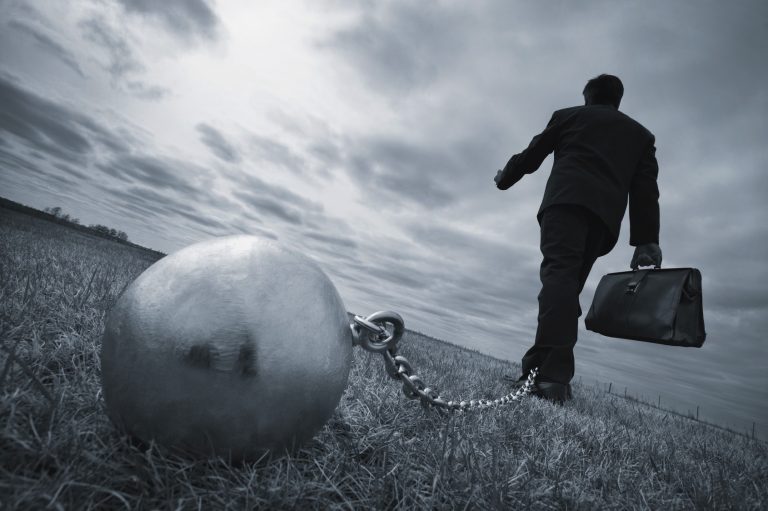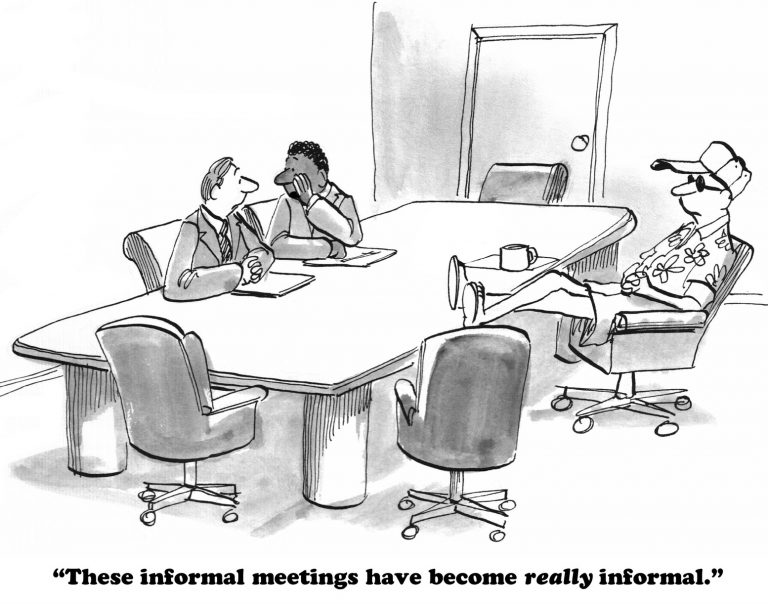
If you’re not prepared for a crisis, you could end up with a disaster
We live in a multi-connected, permanently tuned in society where, if a company or a brand has a hiccup, the echo reverberates around the world, not in a matter of days, but in seconds.
Are you ready for it? Are all your plans and people in place, does everyone know what they have to do when the warning flag is raised? Have you set aside and ring-fenced a budget?
Or do you think a crisis can’t happen to you?
It’s not only major corporations that are at risk. Even small or medium-size businesses run into problems that can get picked up by local media or, worse, start trending on social media. Either way, decisive and positive action is essential to minimize and contextualise the crisis.
The greatest risk is not the speed and extent to which your troubles are exposed. It’s the lack of a resourceful team prepared for all possible contingencies and ready to respond immediately to protect your reputation, income and relationships.
You have to solve the problem and deal with the backlash at the same time
Imagine there’s a mechanical failure at your factory and you inadvertently pump thousands of litres of toxic effluent into a nearby wetland.
Of course, fixing the fault and cleaning up the mess is the first priority. But equally important is managing the impact on all your stakeholders – local and national government, employees, investors, suppliers, media and, of course, your customers.
Your crisis team should include operations people who can identify and repair the technical issues and a PR team to manage the highly emotional negative reaction.
Don’t even think about covering it up

Apologize immediately. In the first few hours, it’s quite reasonable to say you don’t yet know how it happened. However your disaster management is focussing on it and you will give a full statement later.
Then let your PR team manage the image implications in the way outlined in your detailed plan.
Some business people believe that acknowledging the disaster and the possibility that their company is responsible is an admission of guilt. It isn’t, though you may wish to take legal advice on precisely how you word your statements.
If you attempt to duck responsibility or shift the blame elsewhere, you will be pilloried mercilessly in social media. If a fault has been reported but not acted upon, it could be picked up by global mainstream media too. Either of these scenarios will, without a proper crisis plan, be damaging to your relationships with your stakeholders.
It’s not the facts themselves, it’s the emotional weight they carry
Believing that hard facts will always triumph over emotion is a common management mistake. It works the opposite way around. People rarely get passionate about facts and data: it’s images and ideas that create the heat.
A business, even an honourable one with a proud record of environmental awareness, can expect an onslaught of highly-charged accusations from the activist community. It may be that your accidental outflow into the wetlands didn’t actually cause any lasting damage but, unfortunately, it supports the narrative of the uncaring corporation polluting the world in pursuit of profits at all costs.
The PR team should manage outcomes based on full disclosure of the incident and the immediate announcement of a comprehensive programme of rehabilitation that will restore the ecological balance or even improve it.
A crisis, properly managed, can have a positive effect on your reputation
Think of the professionalism and integrity shown by Johnson & Johnson when packs of its Tylenol painkiller were deliberately laced with cyanide in Chicago in 1982.
The company’s response was so thorough and wide-ranging, they influenced an industry-wide switch to tamper-proof packaging and the replacement of powder-filled capsules with solid caplets.
Contrast that with the way United Airlines manages to stumble from one embarrassing crisis to another without a coherent plan to defuse its critics. Even the simple task of re-engineering a staff bonus scheme crashed before take-off, smacking the brand image when it was already reeling from a depressing list of previous gaffes.

VW too has still not fully recovered from its emissions crisis of 2015. Apart from the crippling financial cost, there’s serious doubt whether the Volkswagen and Audi brands will ever recover their former prestige.
The Starbucks Race Together campaign, where staff were inexplicably asked to discuss racial issues with customers who were trying to relax with a cup of coffee, was mercifully snuffed out before it could do much lasting harm. Obviously their crisis early warning system did its job.
Samsung, to their credit, stepped in smartly when the batteries in their Note 7 phone began exploding. They recalled and replaced and no lasting damage to their finances or their reputation has resulted.
Ford and Firestone were unfortunately stuck in old paradigms of crisis management. When Ford’s Explorer SUV shod with Firestone tyres suffered repeated instances of tyres shedding their layer of tread and causing the vehicle to roll, the companies blamed each other.
The controversy led to the deaths of 271 people in America and 46 in Venezuela, with more than a thousand injuries. It has been estimated that Ford lost around $600 million in legal settlements and Firestone had to pay $800 million.
Countless families were affected by the carnage, two brands launched in the early 20th century were shamed and a 100-year commercial relationship between two international conglomerates was irreparably destroyed.
All because they lacked a coherent plan to manage a crisis.
If you liked, then please subscribe to our YouTube Channel for video content. You can also find us on Twitter, Facebook, Instagram and Linkedin.
You will also like
Read more articles from our weekly series
The Business Mentor





